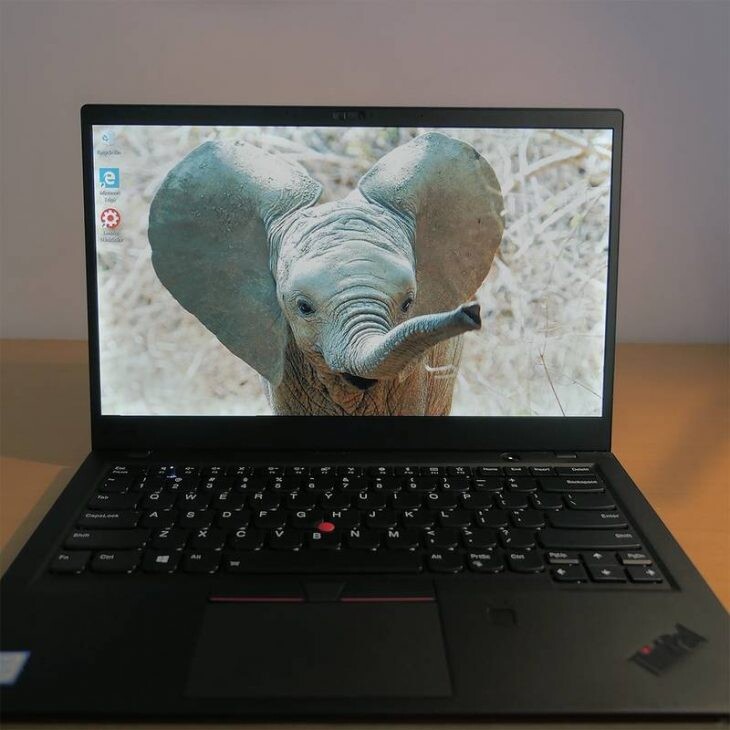The Internet has given us the opportunity to meet a large number of neologisms. Among them, the URL is one of the ones that we see most times written and commented on. What is a URL? What do these acronyms mean? We are going to tell you everything you need to know about the acronyms that have changed the way we communicate..
URL: definition and concept
The Internet is full of resources: web pages, photos, documents, videos, animations ... And for the user to access them, a unique, personal and non-transferable address is needed . That is exactly the URL: the address that is assigned to each of the resources that we can find on the internet and that makes it possible for the user to see them through a web browser. In our particular case, the one corresponding to the Lenovo blog would be https://www.bloglenovo.es/. By typing this address in the browser, we access the brand's blog.
URLs correspond acronym in English, a Uniform Resource Locator which, translated into Spanish, it would Uniform Resource Locator ..
What is the URL for?
The URL was first used by the considered father of the internet, Tim Berners-Lee. It serves as a link between the user and the web resource that he wants to consult. Each resource has a unique URL. Let's imagine the license plate of a car: the car would be the resource and the license plate, unique for each vehicle, the URL.
Parts of a URL

Network protocol
What kind of connection do we want to get? That is what the network protocol marks. The usual thing is to see "http" or "https" that correspond to your own internet browsing resources , the second being the guarantee of secure access. But we can also find other schemes such as "mailto:" (when clicking, a window appears to write an email to the address indicated next to the protocol) or "ftp" (protocol for transferring files between systems)..
Service
In this case, the most common is to see ' www ' in the address, which corresponds to 'World Wide Web' if it is about resources located on the Internet.
Domain
The domain is what we usually know as the name of the page . For example, the domain of this blog would be "bloglenovo". The domain is registered by individuals or companies and is made taking into account personal or professional aspects.
Route
Everything we can find behind the domain bar. For example: https://www.bloglenovo.es/tu-movil-tambien-vale-para-relajarte-las-mejores-opciones-para-practicar-meditacion/, the route would be all that we find after the domain and that takes us to a specific content.
Cover image | Unsplash